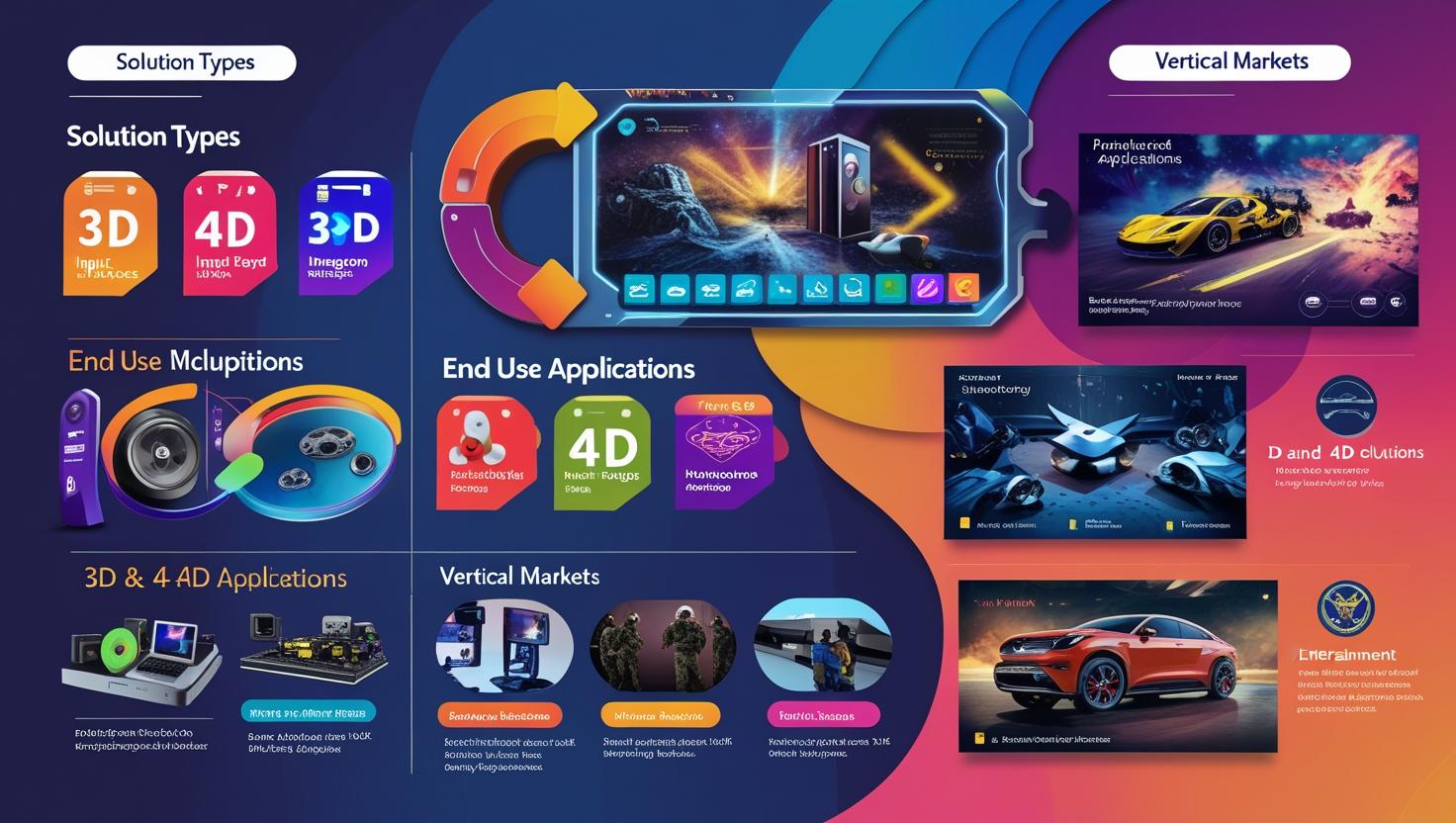In the era of rapid technological advancement, 3D and 4D technologies are pushing boundaries and transforming industries at a fundamental level. What began as tools for digital design and simulation have now evolved into powerful platforms that bridge the physical and digital worlds. Today, the influence of these technologies is being felt across diverse sectors, especially in healthcare, entertainment, and manufacturing, where they are driving innovation, improving outcomes, and redefining user experiences.
Revolutionizing Healthcare with Precision and Personalization
In healthcare, 3D and 4D technologies are nothing short of revolutionary. From anatomical modeling to customized prosthetics and implants, 3D printing has enabled healthcare providers to deliver more personalized and precise treatments. Surgeons now use 3D-printed models of patients’ organs to plan complex procedures with greater accuracy, improving surgical outcomes and reducing risk.
Even more transformative is the use of 4D imaging — which adds the dimension of time to traditional 3D scans — in diagnostics and real-time monitoring. In cardiology, for example, 4D echocardiography offers dynamic, live views of the heart, allowing doctors to observe movement and blood flow in ways that static images never could. This has significantly enhanced early diagnosis and intervention for conditions that were once difficult to detect.
Bioprinting, an emerging frontier of 3D technology, is also showing promise in tissue engineering and regenerative medicine, potentially allowing the fabrication of functional organs in the future — a game-changer for transplant medicine.
Elevating Entertainment Through Immersive Experiences
The entertainment industry has been among the earliest and most enthusiastic adopters of 3D and 4D technologies. From blockbuster films to theme park attractions, these tools have become essential in crafting immersive, multi-sensory experiences.
Download PDF Brochure @ https://www.marketsandmarkets.com/pdfdownloadNew.asp?id=646

3D cinema has long captivated audiences by adding depth and realism to storytelling, but the emergence of 4D experiences — incorporating motion seats, scent, wind, and tactile feedback — takes immersion to a new level. Viewers are no longer just spectators; they are participants in the narrative.
Gaming and virtual reality (VR) platforms are also leveraging 3D modeling and 4D environmental interaction to blur the line between the digital and physical. With real-time rendering and user-driven environments, players engage with content in increasingly dynamic and responsive ways. The rise of the metaverse and digital twin technology only amplifies this trend, with 3D and 4D systems serving as the foundational layer of these virtual worlds.
Transforming Manufacturing with Digital Precision
In the world of manufacturing, 3D and 4D technologies are enabling what many refer to as the fourth industrial revolution. Through 3D printing, or additive manufacturing, companies can design, prototype, and produce parts with reduced waste, faster turnaround, and lower costs compared to traditional methods.
What sets 4D manufacturing apart is the incorporation of smart materials that change shape or function over time or in response to external stimuli such as heat, light, or moisture. These materials open up entirely new product possibilities — from self-assembling furniture to components that adapt to environmental conditions, improving efficiency and extending product life cycles.
Moreover, 3D and 4D modeling tools are streamlining design and simulation processes. Engineers can create virtual prototypes, run stress tests, and optimize performance before physical production even begins. This reduces error rates, speeds up development cycles, and supports more sustainable practices.
Conclusion: A Multi-Dimensional Future
The integration of 3D and 4D technologies across healthcare, entertainment, and manufacturing underscores a broader trend toward hyper-personalization, real-time adaptability, and immersive interaction. These tools are not just enhancing existing processes; they are opening doors to capabilities once thought impossible.
As these technologies continue to evolve and converge with artificial intelligence, robotics, and IoT, we can expect even deeper integration into everyday life. Whether it’s a life-saving surgical model, an unforgettable immersive movie, or a self-healing product, the future is not just visual — it’s dimensional.
FAQ
Q1: What’s the difference between 3D and 4D technology?
3D technology creates objects or environments with depth, height, and width — adding realism to visual representations. 4D technology builds on this by adding the dimension of time or motion, allowing for dynamic, real-time interactions, often through physical feedback or responsive materials.
Q2: How is 3D printing used in healthcare?
3D printing is used to create patient-specific anatomical models, custom prosthetics, dental implants, and even bioprinted tissues. Surgeons can plan and rehearse complex operations using accurate replicas of a patient’s organs.
Q3: What is 4D imaging in medicine?
4D imaging adds a time component to 3D scans, providing live, moving images. For example, 4D echocardiography allows doctors to observe real-time heart function, improving diagnostic precision and treatment planning.
Q4: How do 3D and 4D technologies enhance entertainment experiences?
In entertainment, 3D provides depth and realism in movies, games, and VR. 4D technologies go further, adding motion seats, smells, water sprays, and vibrations — creating immersive experiences that engage multiple senses.
